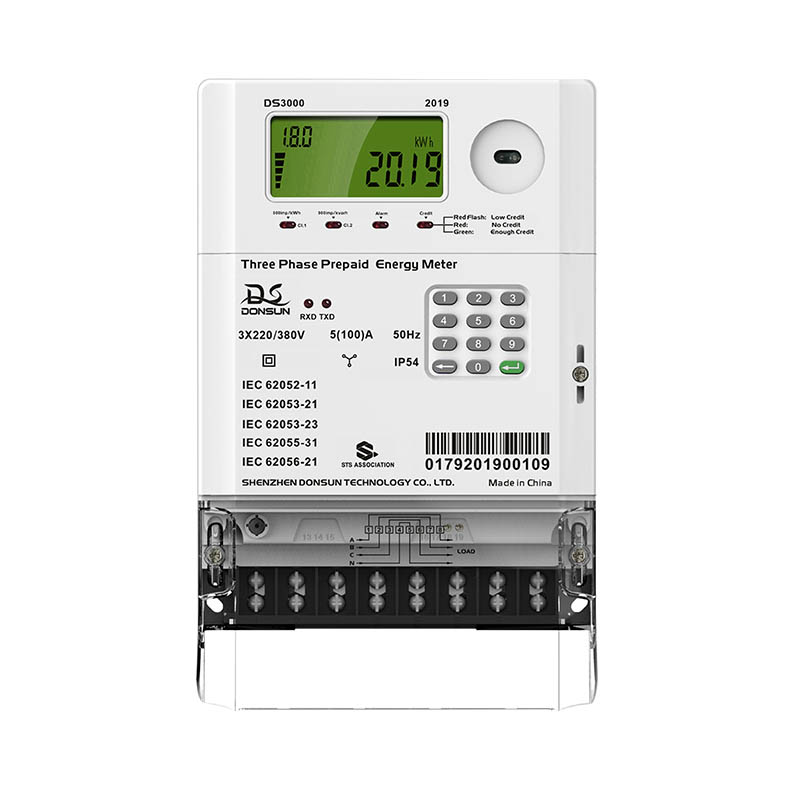Navigating Challenges: Deployment Considerations for GPRS Wireless Energy Meters
2023-12-12
Introduction:
The adoption of GPRS (General Packet Radio Service) Wireless Energy Meters has revolutionized the landscape of energy management, offering real-time data transmission and connectivity. However, like any technology, GPRS-enabled meters come with their set of challenges and limitations that need to be addressed for successful deployment. In this blog, we will explore these challenges and discuss how they are typically navigated in the quest for efficient and reliable energy monitoring.
1. Network Availability and Coverage:
Challenge: The effectiveness of GPRS technology relies on cellular networks, and areas with limited network coverage can pose challenges for deployment.
Solution: To address this limitation, thorough network assessments are conducted before deployment. Alternative communication technologies or network extenders may be considered in areas with intermittent coverage. Site surveys and feasibility studies help identify the most suitable deployment locations based on network availability.
2. Power Consumption Concerns:
Challenge: GPRS-enabled meters require a power source for continuous operation, and concerns about power consumption may arise, especially in remote or off-grid locations.
Solution: Energy-efficient design and power management strategies are implemented in GPRS meters to minimize power consumption. Additionally, the use of battery backup or alternative power sources, such as solar panels, may be considered to ensure uninterrupted operation in areas where a consistent power supply is challenging.
3. Data Security and Privacy:
Challenge: The transmission of sensitive consumption data over wireless networks raises concerns about data security and privacy.
Solution: GPRS technology incorporates robust encryption and authentication protocols to secure data transmission. Compliance with industry standards and regulations, along with regular security audits, ensures that the meters adhere to the highest security standards. Educating stakeholders and users on best practices for data security further enhances overall system integrity.
4. Initial Setup and Configuration:
Challenge: The initial setup and configuration of GPRS-enabled meters can be complex, especially in large-scale deployments.
Solution: Manufacturers provide comprehensive installation guides and support services to assist in the setup process. Training programs for installers and end-users help ensure that the meters are correctly configured. Remote configuration capabilities offered by GPRS technology further streamline the setup process and allow for adjustments without physical access to the meters.
5. Cost Considerations:
Challenge: The upfront costs associated with GPRS-enabled meters and network subscriptions can be perceived as a barrier to adoption.
Solution: While the initial investment may be higher, the long-term benefits, including reduced operational costs and efficient data transmission, often outweigh the upfront expenses. Manufacturers may offer flexible pricing models or financing options to ease the financial burden. A comprehensive cost-benefit analysis is typically conducted to showcase the overall value of the investment.
6. Interference and Signal Strength:
Challenge: Interference from other wireless devices or obstacles can impact the signal strength and reliability of GPRS communication.
Solution: Careful site planning and network optimization help mitigate interference issues. Antenna placement, signal repeaters, and periodic signal strength assessments ensure that the GPRS-enabled meters maintain reliable communication. Additionally, advancements in technology may lead to improved signal robustness in future iterations of GPRS systems.
Conclusion:
The deployment of GPRS Wireless Energy Meters presents a transformative solution for energy monitoring, but it is essential to acknowledge and address the associated challenges. By conducting thorough assessments, leveraging alternative technologies when needed, implementing robust security measures, and staying abreast of regulatory requirements, these challenges can be effectively navigated. As technology continues to evolve, ongoing research and development efforts aim to further enhance the reliability and resilience of GPRS-enabled energy monitoring systems.



